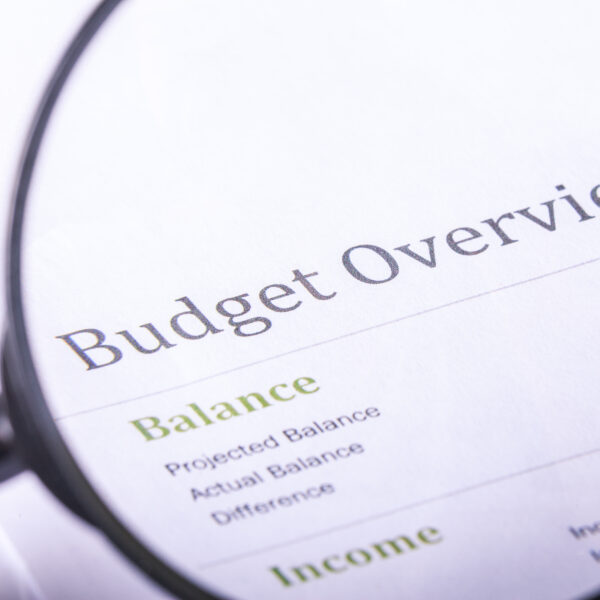Budgeting

Simple budgeting
Whilst no one can tell you what your exact budget should be, it should include three basic principles: a worse, average, and best-case scenario. When revenue is more or less than you expected. On the surface, a budget should account for the overhead costs of operating your business.
Step 1 Choose a template.
If you are using excel, you can use the template search function to find a business budgeting template. Here are some of our favorite budgeting templates that we recommend to get you started:
Step 2 Gather information.
You need to gather the following information (plus additional information that we have negated that applies to your business.)
Income
- All of your income streams (you can separate the stream between the different product or service ranges that you offer).
- Estimated income projections based on last year’s data or market research/industry average for business of your size and stage.
Expenses (Fixed and Variable) or (Operational and Personnel)
Fixed
- Rent
- Employee Payroll
- Equipment leases
- Loan payments
- Insurance
- Internet
- Phone
- Vehicle lease
Variable
- Materials and inventory
- Packaging
- Sales commissions / contractor fees
- Marketing and advertising
- Office supplies
Step 3 Input numbers.
Input the budget figures into your spreadsheet along with the actual figures. If you are doing a monthly budget, then you can wait until the end of the month to put in the most up-to-date figures.
Step 4 Calculate.
If you have used one of the budget templates, then the calculations will happen automatically. The templates have hidden formulas that add up the expenses and subtract them from the revenue.
Step 5 Interpret.
Now you can see what your current positioning is. Does your income exceed your expenses or are your expenses eating up your profits by remaining high? You now have a complete overview, and you can see whether there are any changes that you would make to the budget. Make sure you track your monthly budget overtime as this is important to see whether you are making a profit or loss over time. It’s a good idea from a professional standpoint to keep track of documentation such as this as it provides information that will make your accounting and tax returns much smoother with this information clearly stated and available.
